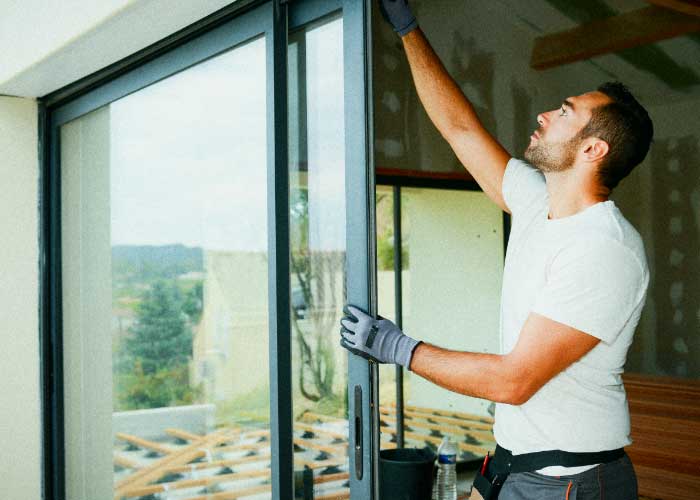What is Building Indemnity Insurance?
Building Indemnity Insurance protects homeowners against financial loss if a builder cannot complete residential building work or meet a valid claim for faulty or unsatisfactory building work if the builder dies, disappears or becomes insolvent.
In most instances, the insurance policy provides cover during the period of the residential building work (i.e. during the construction period) and for five years from the date of 'practical completion' (the five-year insurance period). Practical completion occurs when the building, extensions or renovations are completed and ready for occupation.
Key Highlights
Building Indemnity Insurance protects homeowners in SA for loss associated with incomplete or unsatisfactory building work carried out by a builder or tradesperson because the builder has died, disappeared or become insolvent. Subsequent owners are also protected if the property is sold during construction or doing the period of insurance.
-
HIA Insurance Services can provide 24-48 hour delivery of certificates to your business.1
-
The maximum amount of cover provided by a BII policy is $250,000 over the period of insurance.
-
Builders need to make provision in the contract price for the cost of BII insurance.
-
The premium is a one-off payment made by the builder.
Resources & Quicklinks
Couldn't find the form you're looking for?
We have created a library of Home Warranty Insurance forms from all states that we provide warranty insurance services for.
Visit Forms LibraryWhy might I need Building Indemnity Insurance?
Residential building work contracts in South Australia are governed by the Building Work Contractors Act 1995 (the Act). Any licenced building contractor who undertakes residential building work valued at $20,000 or more and that requires council approval is required to take out Building Indemnity Insurance in the name of the owner before commencing work or accepting payment.
A builder who does not take out indemnity insurance as required can be prosecuted, fined and may risk losing their builder’s registration.
Building Indemnity Insurance is also a requirement of Consumer and Business Services as part of the application / upgrade process for a Building Work Contractors Licence.
What is covered under Home Indemnity Insurance?
Building Indemnity Insurance covers the non-completion of residential building work up to a maximum amount of $250,000 if the builder dies, disappears or becomes insolvent. The policy also covers claims for defective workmanship made up to five years from the date of practical completion where the builder has died, disappeared or become insolvent.
In South Australia the policy may require the insurer to pay either the total limit of liability (which is a maximum of $250,000) or the value of the contract works required to be completed (if it is less than the limit of liability).
Related Products

Contract Works Insurance
Protect your assets against loss or damage by taking out Contract Works Insurance
Find out more
Construction Legal Expenses Insurance
Provides essential cover when you're faced with legal action.
Find out moreWhy HIA Insurance Services?
HIA Insurance Services (HIAIS) combines the construction industry expertise of the Housing Industry Association (HIA) with the risk and insurance knowledge of Aon to provide products and advice that are specific to the residential construction industry.
We understand the unique risk exposures of South Australian builders, tradies and subcontractors. We’re one of the largest and most experienced insurance providers in the country, which means we can offer our customers policies tailored for risks commonly found in the construction sector, as well as speedy insurance claims processes.
1As at 1 June 2021.


